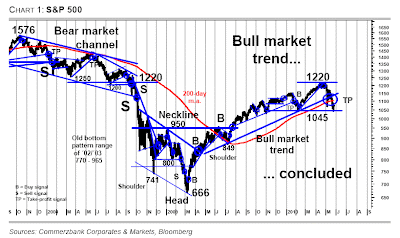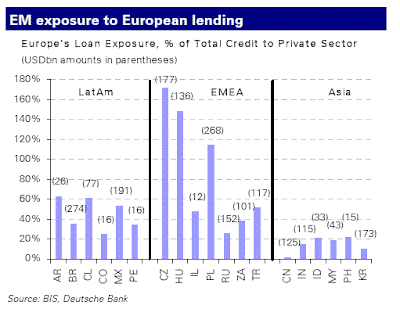Against the backdrop of the medium-term overbought situation, the index has recently left the bull market trend with a take-profit signal and has also broken through the still-rising 200-day m.a. on its way down. As the slump in price is already over 10%, this is a correction in the technical sense, the first in this bull market cycle. The correction is limited on the one hand by the support at c. 1,045 points and on the other by the staggered resistance zone at 1,200-1,250. A trading market should emerge within this price range in the coming weeks. Only when the S&P 500 falls below the zone at c. 1,045 should further, medium-term technical clouding be expected.
 Global strategists at Nomura are "pressing" on the sentiment and "improving fundamentals" over the weekend, what they summarize as follows:
Global strategists at Nomura are "pressing" on the sentiment and "improving fundamentals" over the weekend, what they summarize as follows:We think the past two weeks have seen capitulation by equity investors as sentiment reached a historical low.
The past two weeks saw net outflows of US$24bn from global equity mutual funds – the second-largest weekly outflow over the history of our series.
Put-call ratios are at levels close to those reached in September 2008, reflecting extremely depressed sentiment.
Surveys of sentiment like the Investors Intelligence survey and the AAII bull-bear
survey also portray bearish sentiment, though not to the same extremes.We think depressed sentiment should be another supportive factor for equities, apart from improving fundamentals.
Sentiment is more depressed in Europe than in the US, which is not surprising. However, we think the sell-off in Continental Europe is overdone and recommend overweighting the market relative to the US.
We believe investors are not paying sufficient attention to the improving fundamentals, with attractive relative valuations and better earnings prospects because of the lower euro.
But GREED & fear’s view is that the risk trade, for now, is more likely to remain off rather than on. That suggests a posture of selling rallies rather than buying dips.






















